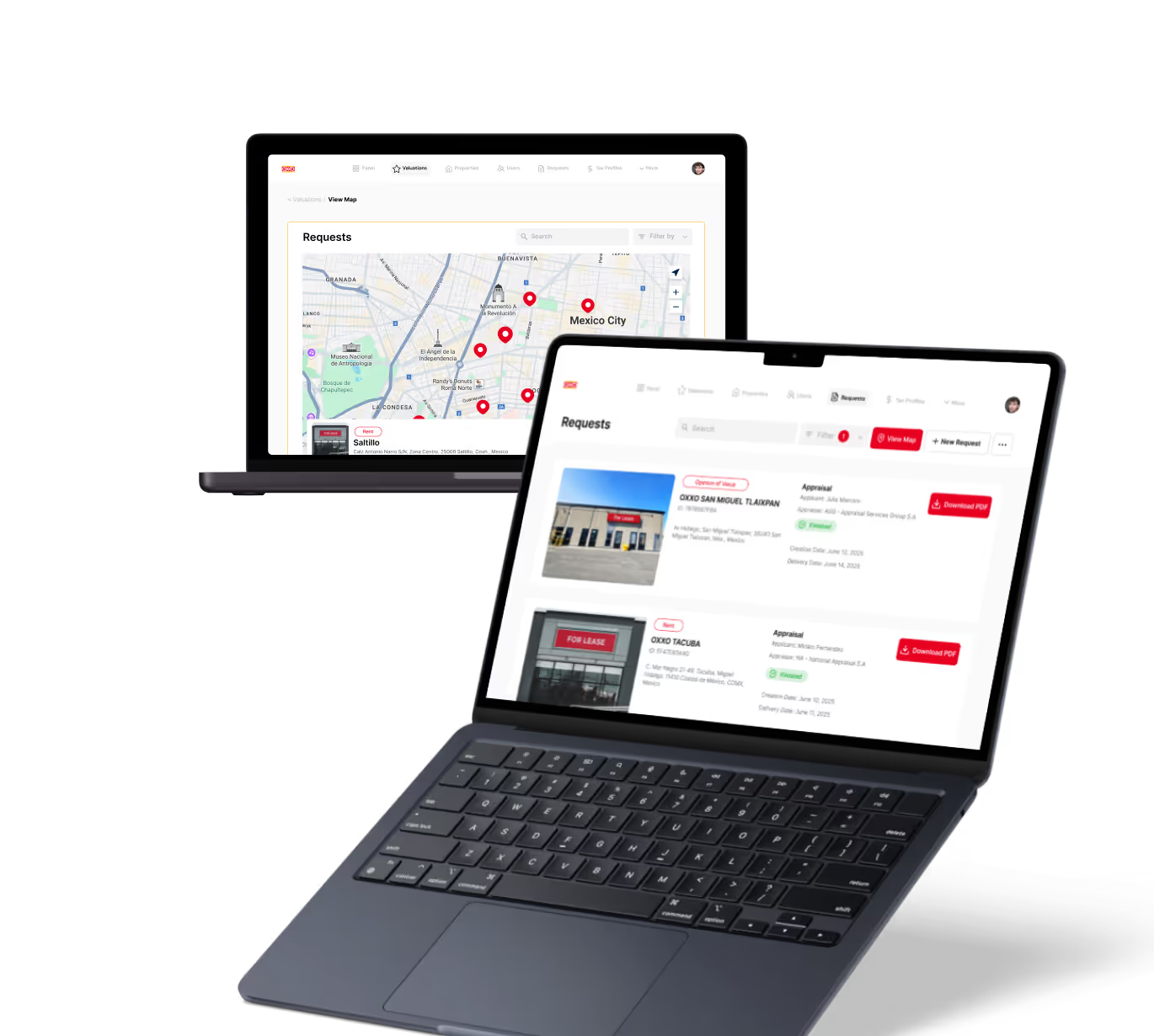Pre-Sell MVP
MVP
Learn how to validate your product idea by pre-selling an MVP to reduce risk and attract early customers effectively.
Introduction to Pre-Sell MVP
When you have a new product idea, jumping straight into building it can be risky and expensive. That’s where a Pre-Sell MVP comes in. It helps you test your idea by selling it before fully building it. This way, you know if people really want your product.
Pre-selling an MVP saves time and money. It also builds early customer interest and trust. In this article, you’ll learn what a Pre-Sell MVP is, why it matters, and how to do it right using no-code and low-code tools.
What Is a Pre-Sell MVP?
A Pre-Sell MVP is a simple version of your product offered to customers before it is fully built. Instead of waiting months to launch, you create a landing page or demo to explain your idea and ask people to buy or sign up early.
This approach helps you:
- Validate demand before investing heavily
- Gather feedback to improve your product
- Secure early revenue or funding
- Build a community of early adopters
For example, a startup might create a landing page describing a new app and offer early access at a discount. If enough people sign up, it proves the idea has potential.
Why Pre-Sell MVP Is Important
Pre-selling your MVP reduces the risk of building something no one wants. It helps you avoid wasting resources on features that don’t matter. Instead, you focus on what customers truly need.
Here are key benefits:
- Market Validation: Confirm your idea’s demand early.
- Cash Flow: Generate funds to support development.
- Customer Insights: Learn what features to prioritize.
- Faster Launch: Build only what’s necessary.
Many successful startups used pre-selling to test ideas. For instance, some used platforms like Kickstarter or Gumroad to pre-sell digital products, validating demand before full development.
How to Create a Pre-Sell MVP
Creating a Pre-Sell MVP involves clear steps. You don’t need to build the full product upfront. Instead, focus on communicating value and collecting commitments.
Follow these steps:
- Define Your Value Proposition: Clearly explain what problem your product solves.
- Create a Landing Page: Use no-code tools like Webflow, Carrd, or Glide to build a simple page.
- Showcase Benefits: Use images, videos, or mockups to illustrate your idea.
- Offer Early Access or Discounts: Incentivize pre-orders or sign-ups.
- Collect Payments or Emails: Use Stripe, PayPal, or email capture tools.
- Promote Your Page: Use social media, email campaigns, or communities to reach your audience.
For example, a creator might use bubble to build a demo app and Zapier to automate email follow-ups for interested users.
Tools for Pre-Selling Your MVP
Several no-code and low-code tools make pre-selling easy and effective. Here are some popular options:
- Landing Page Builders: Webflow, Carrd, Unbounce
- No-Code App Builders: bubble, Glide, Adalo
- Payment Processors: Stripe, PayPal, Paddle
- Automation Platforms: Zapier, Make (Integromat)
- Email Marketing: Mailchimp, ConvertKit, Sendinblue
Using these tools, you can quickly launch a pre-sell campaign without coding. For example, Glide lets you create a simple app to showcase your product, while Stripe handles payments securely.
Best Practices for Pre-Sell MVP
To succeed with a Pre-Sell MVP, keep these tips in mind:
- Be Transparent: Let customers know the product is in development.
- Set Realistic Expectations: Share timelines and potential changes.
- Engage Early Customers: Collect feedback and keep them updated.
- Test Messaging: Experiment with headlines and offers to find what works.
- Focus on Benefits: Highlight how your product solves problems.
For example, a startup using FlutterFlow to build their MVP might share weekly updates with pre-sell customers to build trust and excitement.
Common Challenges and How to Overcome Them
Pre-selling an MVP isn’t without challenges. You might face skepticism or low interest. Here’s how to handle common issues:
- Low Conversion Rates: Improve your landing page design and messaging. Use testimonials or early reviews.
- Customer Doubts: Offer money-back guarantees or clear refund policies.
- Building Too Much Too Soon: Resist the urge to add features before validation.
- Managing Expectations: Communicate openly about development progress.
Using automation tools like Make can help manage customer communication efficiently, keeping everyone informed and engaged.
Conclusion
Pre-selling your MVP is a smart way to test your product idea without heavy upfront costs. It helps you validate demand, gather feedback, and build early revenue. By using no-code and low-code tools, you can launch quickly and professionally.
Remember, the key is clear communication and focusing on your customers’ needs. With the right approach, a Pre-Sell MVP can turn your idea into a successful product faster and with less risk.
FAQs
What does Pre-Sell MVP mean?
Why should I pre-sell my MVP?
Which tools can I use to create a Pre-Sell MVP?
How do I attract customers to pre-sell my MVP?
What are common challenges in pre-selling an MVP?
Can I use automation in my Pre-Sell MVP process?
Related Terms
See our numbers
315+
entrepreneurs and businesses trust LowCode Agency
Investing in custom business software pays off
We were managing property valuations across multiple brands, and the complexity was overwhelming our traditional processes. Every day of delay in property evaluation meant potential lost revenue and competitive disadvantage.
15,000+
property valuations managed through centralized platform
40%
reduction in valuation processing time

J.Antonio Avalos
,
Product Manager Lead
OXXO



%20(Custom).avif)